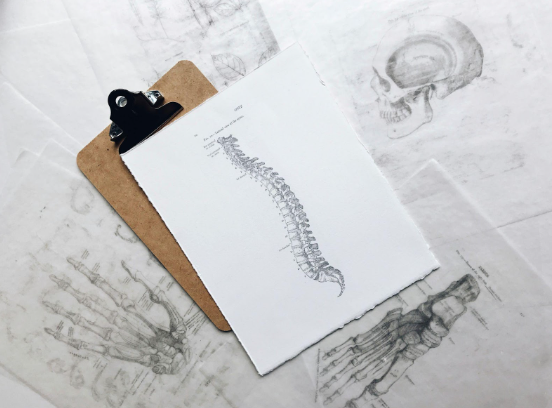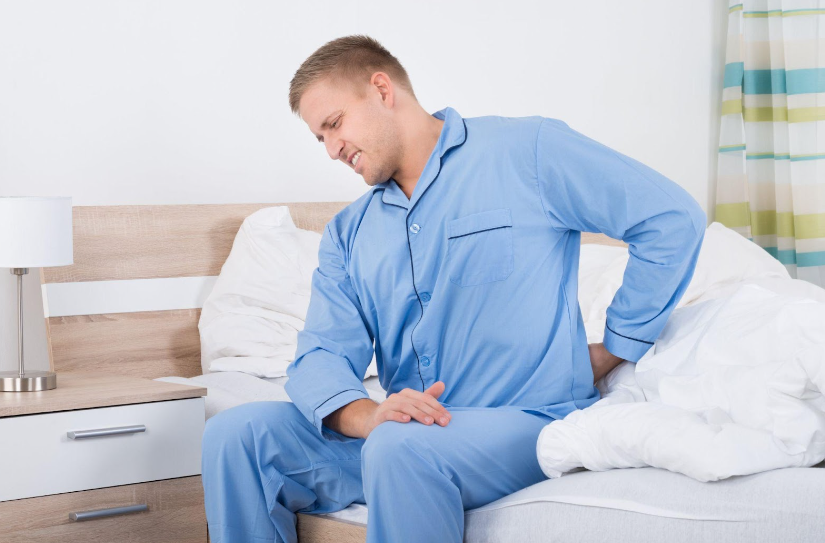ISP Devices Guide
ISP Devices

Spinal pain is a common problem affecting millions of people worldwide. It can limit your physical activity, disrupt sleep, and significantly impact your quality of life. While conservative treatments and therapy are often effective, some individuals may require more advanced solutions. One such solution is the use of interspinous process (ISP) devices.
ISP Devices
Interspinous process devices are small, implantable spacers that relieve pain by creating additional space between the vertebrae (spinal bones). They are typically made of titanium or PEEK (polyetheretherketone).
Surgeons insert these spacers through a minimally invasive surgery known as interspinous process decompression (IPD). These devices reduce pressure on the spinal nerves by gently separating the vertebrae. This increase in canal size helps alleviate symptoms like pain, numbness, tingling, and weakness in the legs.
Applications of ISP Devices
ISP devices primarily treat lumbar spinal stenosis, a condition where the spinal canal in the lower back becomes narrow. This can compress the spinal nerves, leading to pain, numbness, and weakness. The devices can also treat other spinal conditions, such as:
- Foraminal Stenosis: A narrowing of the openings where spinal nerves exit the spinal canal, leading to radiating pain, tingling, and muscle weakness.
- Degenerative Disc Disease: Wear and tear of the discs cushioning the vertebrae, leading to inflammation and nerve compression.
- Spondylolisthesis: A slippage of one vertebra over another, causing pain, numbness, and instability.
- Disc Herniation: This occurs when the soft inner material of a spinal disc bulges or ruptures, putting pressure on the spinal nerves.
Treatment Options
If you are experiencing symptoms of lumbar spinal stenosis, your doctor will first recommend conservative treatment options like medication, physical therapy, and lifestyle modifications. If these measures don’t provide relief, ISP devices will be an option as part of a more advanced treatment plan.
Your doctor will thoroughly evaluate your suitability for interspinous process decompression using ISP devices. The decision to proceed with this intervention depends on various factors, including the severity of your condition, your overall health, and your response to conservative treatments.
It’s also important to note that several types of ISP devices are available. Since each has unique designs and features, your doctor may discuss the options with you and recommend the best one.
Pre-Procedure Checklist
Although interspinous process decompression (IPD) is only a minor surgery, you should know what it entails before you consider getting it done. Here are a few things you can do to prepare for the procedure:
- Inform your doctor about your medical history. Be transparent about any medications you are currently taking, including over-the-counter drugs and supplements. Additionally, inform them of any allergies or adverse reactions you may have experienced in the past.
- Attend all pre-operative appointments scheduled by your healthcare team. These appointments may include imaging tests, blood work, and consultations to assess your readiness for IPD.
- Address any concerns or questions during these appointments to alleviate any uncertainties you may have and boost your confidence before the upcoming procedure.
- Ensure that you have a clear understanding of the procedure and its potential outcomes. Your healthcare provider will explain the expected benefits, possible risks, and recovery process associated with ISP devices.
- Follow any pre-operative fasting or medication guidelines provided by your healthcare team. These guidelines are crucial for the success of the procedure and your overall well-being.
- After the procedure, your doctor will provide specific instructions on how to care for your incision and manage your pain. You may also need to wear a brace for a while. Most people can return to normal activities within a few weeks. Listen to your body and avoid strenuous activity until your doctor says it is safe.
Signs to Note
Determining whether you need an ISP device involves recognizing signs and symptoms associated with spinal issues. Consult a doctor or spine specialist if you experience persistent back pain, especially in the lower back. You should also be aware of any numbness or tingling in your legs. These symptoms may indicate compression of the spinal nerves.
Weakness in the legs is another sign that should prompt a visit to a spine specialist. If you notice a decrease in strength or stability in your legs, it could be due to spinal conditions such as lumbar spinal stenosis or spondylolisthesis. Identifying and addressing these issues early on can significantly improve your chances of successful treatment and recovery.
ISP devices have proven effective in treating various spinal conditions, providing a minimally invasive alternative to traditional surgical interventions. If you’re an Arkansas resident looking to learn more about ISP device treatments, contact
Arkansas Spine and Pain. Our team of compassionate professionals specializes in spine care and pain management. We offer personalized solutions to improve your quality of life.
Call
(501) 227-0184 for more information!



